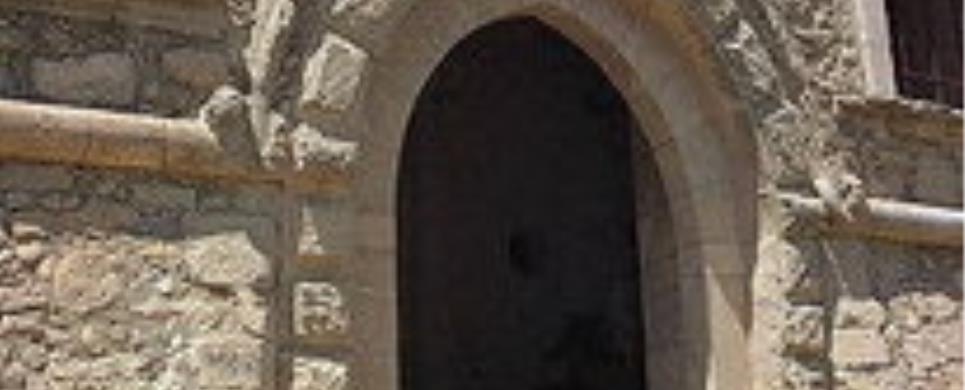Listed 12 sub titles with search on: Sights for wider area of: "SITIA Province LASSITHI" .

ETIA (Settlement) LASSITHI
Tel: +30 28430 23917
Etia is situated between the Papagiannades and Armenoi villages. Doubtless the name "Etia" comes from the namesake tree (Itia in Greek means willow). Though the settlement already existed in the Byzantine period - as the Byzantine churches of St. John and St. Catherine indicate - it flourished at the time of the Venetian occupation in Crete (1204-1669), as a fiefdom of the Venetian family De Mezzo. The jewel of their estate is villa De Mezzo, which is considered among the most characteristic examples of the Venetian urban architecture in Crete. In the following years of the Ottoman occupation, it was used as the residence of the Turkish officials, and therefore named by the locals "Seragio-Saray".
The first to mention that the villa of Etia was built by a rich and noble Venetian was the English Admiral T. B. Spratt, whose comments on his travels in Crete remain a valuable historical source from the mid-19th century. Later, the Italian archaeologist G. Gerola, links the owner of the villa with the members of the De Mezzo family. According to the genealogical records of the Venetian gentry there were three Mezzi in Sitia, Pietro, Nicholas and Giacobbe. Among them, Pietro dei Mezzo is considered to be the founder of the Etia estate and the owner of its villa towards the end of the 15th century.
The very emblem of De Mezzo, consisting of exotic figures bearing a broad shield, stands over the imposing entrance of the main megaron. By passing the entrance of the three-storey building, the visitor enters a barrel-vaulted antechamber with paved floor. Opposite the entrance, a staircase leads to the second floor. Here, on the lintel of the entrance to the floors, around a relief head, runs the following inscription in capital Latin letters:
SITIA (Town) LASSITHI
There were fortifying walls around the city of Sitia from the Byzantine
period. These fortifications were restored by the Genoese and by the Venetians
but were never very strong. In 1539, the pirate Barbarosa conquered the city and
levelled the forts and the town. When the Turks invaded the island the Venetians
destroyed the fort so that it would not fall into the hands of Turks. The ruins
of a Venetian castle are still visible today. A tower of three storeys has survived.
North of the fort there is a little chapel built from the ruins of a Venetian
monastery destroyed by the Turks.
This text is cited Mar 2003 from the Crete TOURnet URL below, which contains images.



VAI (Beach) LASSITHI
It is perhaps the most frequently visited place in the region. The
existence of the grove, already known in the Classical period, was attributed
to the Phoenicians who landed here. According to the story, they threw away the
seeds of the dates they were eating. Due to repeated fires, the authorities have
lately fenced off the whole area and routes to the beach.







PALEKASTRO (Small town) ITANOS
Fantastic canyon situated 5km away from Palekastro, with about 2,5-3 km length.
Its path is a special experience which gonna fill with enthusiasm the nature lovers
thanks to its impressive and wild beauty. After a walk of about 1.30 hour the
gorge winds up at a virgin and unspoiled beach, ideal for swimming, fishing and
resting.
PEFKI (Village) MAKRYS GIALOS

CHANDRAS (Village) LEFKI
In Handras there is the Venetian Villa Voila, easily seen from the
road as it is spread across a small hill to the east of the village in the middle
of a green and fertile valley. There are ruins of a house and a small church,
Agios Georgios, and a fountain behind and below the church.




ITANOS (Municipality) LASSITHI


ITANOS (Ancient city) ITANOS
Remains of the first Byzantine period include those of a basilica
of the fifth century which was probably a converted temple of Athena.



Receive our daily Newsletter with all the latest updates on the Greek Travel industry.
Subscribe now!